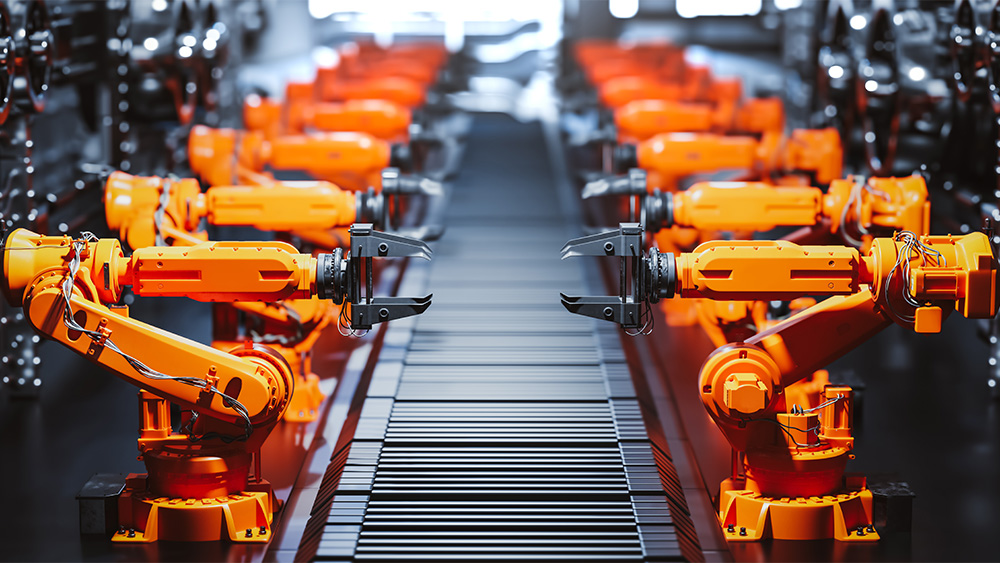Adobe Stock
The manufacturing industry (largely) welcomed artificial intelligence with open arms. Less of the dull, dirty, and dangerous? Say no more. Planning for mechanical assemblies still requires more than scratching out some sketches, of course—it’s a complex conundrum that means dealing with arbitrary 3D shapes and highly constrained motion required for real-world assemblies.
|
ADVERTISEMENT |
Human engineers, understandably, need to jump in the ring and manually design assembly plans and instructions before sending the parts to assembly lines, and this manual nature translates to high labor costs and the potential for error.
In a quest to ease some of said burdens, researchers from MIT’s Computer Science and Artificial Intelligence Laboratory (CSAIL), Autodesk Research, and Texas A&M University came up with a method to automatically assemble products that’s accurate, efficient, and generalizable to a wide range of complex real-world assemblies. Their algorithm efficiently determines the order for multipart assembly, and then searches for a physically realistic motion path for each step.
…

Add new comment